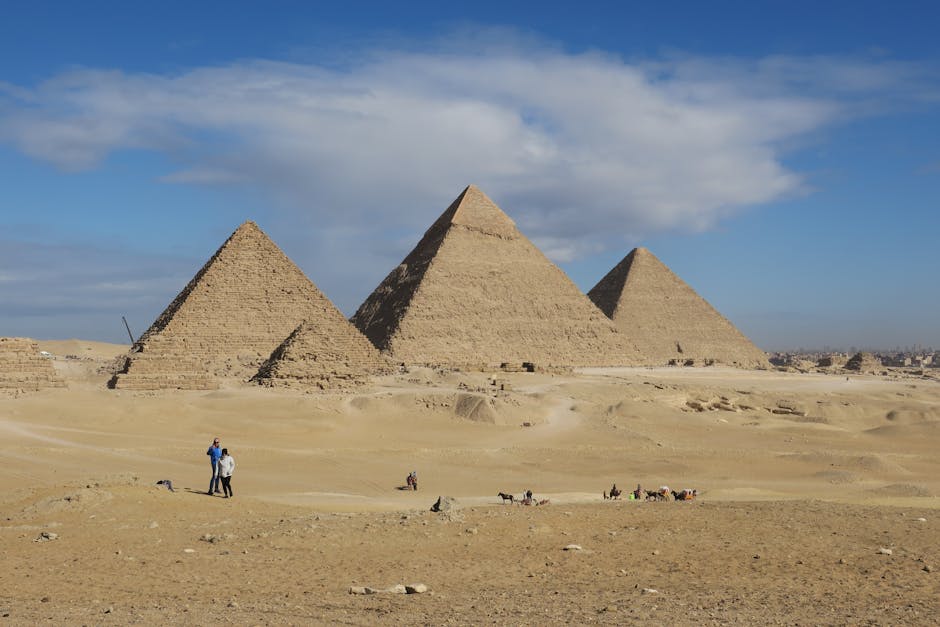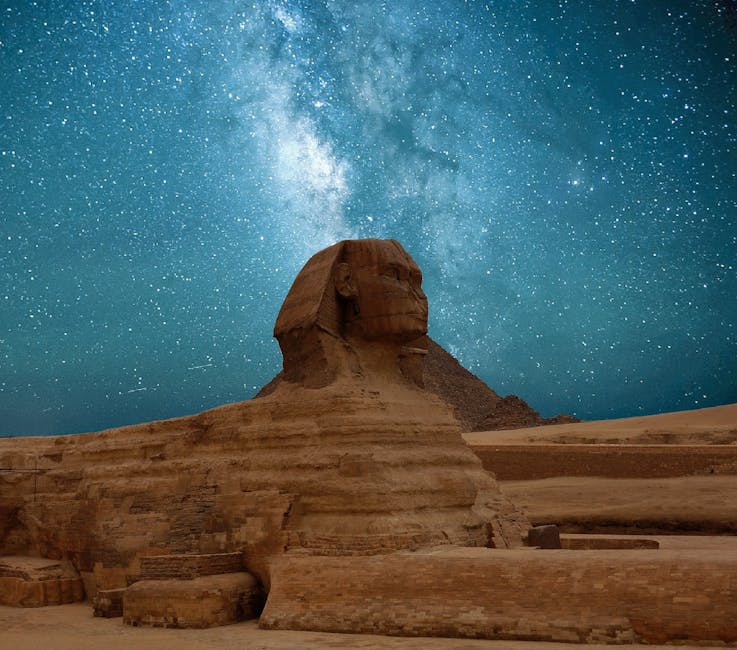Sphinx Definition: Beyond the Popular Image
The word “sphinx” conjures up immediate images: a colossal, enigmatic creature with the head of a human and the body of a lion, often guarding ancient Egyptian temples and tombs. But the sphinx, while iconic, is far more nuanced than a simple definition suggests. This exploration delves into the multifaceted definition of the sphinx, examining its diverse representations, symbolism, and enduring cultural impact.
The Literal Definition: A Creature of Myth and Mystery
At its most basic, the definition of a sphinx is a mythical creature with the body of a lion and the head of a human (or sometimes a ram, hawk, or even a cat). This composite nature is key to understanding its symbolism and power within ancient Egyptian culture. The lion’s body represents strength, power, and royalty, while the human head suggests intelligence, wisdom, and the capacity for divine connection. Variations in the head signify different deities or aspects of the divine.
The Egyptian Sphinx: Variations and Iconography
While the human-headed lion sphinx is the most widely recognized, Egyptian artistry produced a diverse array of sphinx forms. These variations reveal the complexity of their meaning and purpose. Consider these examples:
- Androsphinx: The classic human-headed lion sphinx, often found guarding entrances or associated with royal power and funerary cults.
- Criosphinx: A sphinx with the head of a ram, frequently linked to the god Khnum, the creator deity associated with fertility and the Nile’s waters.
- Hierocosphinx: A sphinx with the head of a hawk, representing Horus, the falcon-headed god of the sky and kingship.
- Sphinxes with other animal heads: While less common, representations of sphinxes with the heads of other animals exist, furthering the diverse symbolic range of the creature.
The size and material of the sphinx also influenced its interpretation. Gigantic stone sphinxes, like the Great Sphinx of Giza, served as imposing guardians and symbols of royal power. Smaller sphinxes, often crafted from wood, metal, or faience, were found in tombs and homes, potentially acting as protective amulets or decorative pieces.

Symbolism and Mythology of the Sphinx
The sphinx’s composite nature lends itself to a rich array of symbolic interpretations. Its presence signified a convergence of terrestrial and celestial powers, physical strength, and intellectual prowess. In funerary contexts, the sphinx represented protection, warding off evil spirits, and ensuring a safe passage to the afterlife. The sphinx’s guardianship also suggested the connection between the earthly realm and the divine, the guardians standing between the mortal and immortal worlds.
The sphinx’s enigmatic nature also made it a fitting subject for riddles and puzzles. The famous riddle of the Sphinx in Greek mythology, where the creature posed a life-or-death riddle to travelers, further cemented the sphinx’s association with mystery and intellectual challenge. This Greek representation, while different from its Egyptian counterpart, showcases the enduring cultural impact of the sphinx across different civilizations and belief systems.
The Sphinx Across Cultures: A Global Symbol
The sphinx’s influence extends far beyond the boundaries of ancient Egypt. The image and concept have been adopted and reinterpreted in various cultures and artistic traditions throughout history. From the ancient Greeks who adopted their own version of the sphinx legend, to its appearances in Renaissance and modern art, the sphinx’s powerful imagery endures, constantly being reimagined and reinterpreted.
In architecture, the sphinx motif appears in decorative elements, sculptures, and even building designs, demonstrating the enduring appeal of its majestic form. Its multifaceted symbolism allows for flexible interpretations, making it a resonant figure for architects, artists, and writers.

Modern Interpretations and Cultural Impact
Today, the sphinx remains a powerful symbol, appearing in literature, film, and popular culture. Its enigmatic gaze continues to inspire artists, writers, and filmmakers, who draw upon its multifaceted symbolism to explore themes of power, mystery, and the unknown. The sphinx embodies the enduring appeal of the mysterious and the enigmatic, making it a timeless symbol that continues to captivate audiences worldwide.
The enduring appeal of the sphinx lies not only in its imposing visual presence but also in the profound questions it poses about the nature of power, mystery, and the enduring human fascination with the unknown. Its image continues to inspire awe, wonder, and a desire to uncover its hidden secrets, echoing the enigmatic aura that has surrounded it for millennia.

Conclusion: The Ever-Evolving Definition
The definition of the sphinx is more than just a description of a creature; it is an exploration of its complex history, its varied interpretations, and its enduring influence on culture and art. From the majestic guardians of ancient Egyptian temples to its modern-day appearances in various media, the sphinx continues to evoke awe and wonder, remaining a compelling symbol of power, mystery, and the human fascination with the unknown.

